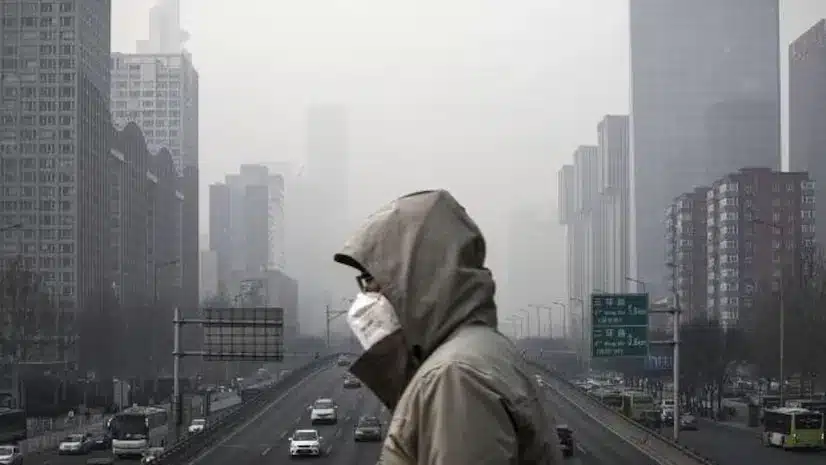Most of India’s lakes and rivers are heavily polluted by urban and chemical effluents. Even without reading these, it is clear that four and a half years after the Prime Minister inaugurated the Swachh Bharat Abhiyan in India with great hoopla, we are unable to clean up the decaying trash that has become so widespread on our streets across the country!
Simple reasoning tells us that we need a lot more trash cans and public restrooms. But that’s the easiest part. Keeping them clean and usable is a more challenging task. We’re failing. We have a government system that is both expensive and ineffective. We need a fresh and better technique to manage cleanliness.
Is India the dirtiest country in the world?
India is easily the dirtiest, unsanitary, most polluted country in the world. Though it comes in 8th rank over the world, we cannot ignore the harm it is causing to our environment. Picking up from here, our Prime Minister correctly began the Swachh Bharat drive to clean up India. He has launched a massive push to construct residential toilets for 12 million urban households, 25 million public toilets, and 30 million community restrooms.
Trash management is a crucial issue in India, where a growing population and fast urbanization are causing a parabolic increase in trash creation. According to Swachh Bharat Mission 2023 data, metropolitan areas in India generate 55.6 million metric tons (MMT) of municipal solid waste (MSW) each year, accounting for around 377 million people. While collection efficiency has increased significantly—approximately 70% is collected nationwide—MSW recovery and disposal systems must be upgraded. Cities’ garbage generation is expected to expand at a 5% annual pace until 2050, reaching 436 MMT per year.
- Advertisement -
Nonetheless, the Prime Minister should be commended for identifying this as a priority. However, intentions are not everything. He didn’t think of means to carry out his plans.
More centralized structures are being made
We now have a very centralized structure more suited to rule India than serving it. The structure of our public administration, with its predominance in national and state capitals and only a small proportion left to connect with citizens at the local level, and even these not accountable to citizens, is at the heart of our inability to alter this country.
As a result, the IAS and IPS became the primary administrative instruments. However, the system stayed unchanged, as it was designed to preserve control rather than transform. The ramifications of this are still evident. The three tiers of government collectively employ over 185 lakh people.
The state of most public facilities, especially the Central Secretariat, indicates that the government is not functioning. The Prime Minister should focus on why the Indian government fails to deliver services. Only then can he create ‘Swachh Bharat’.



